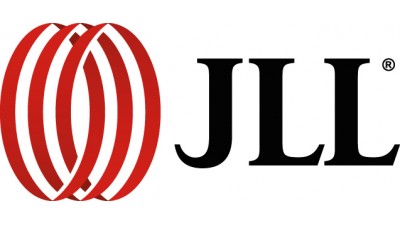Denver Area Emerges As Affordable, Alternative Tech Hub

As both apartment and office rents continue to rise in iconic tech hubs like San Francisco and New York City, the technology industry has looked to Denver as a more affordable alternative with an arguably better quality of life. The Mile High City is attracting employees and employers, who benefit from lower operating costs and a highly educated talent pool.
Denver recorded a 6.6% year-over-year tech employment gain in 2016, and the sector’s payrolls have expanded by 12.1% since 2001, according to JLL director of research TJ Jaroszewski. A steady in-migration of Millennials, who comprise 22.3% of the tech workforce, has fueled job growth. The city has drawn young professionals with its combination of urban amenities, improved transportation infrastructure and access to outdoor activities.
The popular Denver submarkets where tech is setting up shop each have their own distinct appeal. Companies and professionals alike have the option to choose their location based on cost, atmosphere and future business plans.
Boulder

Boulder has traditionally proven a top choice for tech firms and startups. A well-known destination for both entrepreneurs and hippies, the city at the foot of the Rocky Mountains has been an incubator for innovation since the Cold War. Its popularity has kept office vacancy levels historically low, and tech giants like Google and Twitter now boast among the larger footprints in the area, each expanding its presence within the last 18 months.
The submarket is the most expensive for both employers and employees. Boulder companies pay $119,832/employee in average salary, office and transportation costs, while workers shell out $63,218 in apartment rent, transportation, healthcare, food and entertainment.
Boulder takes its green space seriously, which limits how much the city can expand. Tech firms looking to build out their operations may experience growing pains.
“Smaller firms remain firmly rooted within Boulder, but expanding companies are increasingly considering a move down the U.S. 36 Corridor to save on rent,” Jaroszewski said. “Or, they’re eyeing Denver’s CBD to access its labor pool and larger selection of available space options.”
Downtown Denver
Downtown Denver’s improved transportation and the construction of several Class-A office buildings have made it a viable alternative to Boulder and the suburbs. At 14% total vacancy, elevated sublease availability has shifted the leverage pendulum toward tenants. According to Jaroszewski, companies moving Downtown spend an average of $114,506/employee; workers spend $59,801.
Some of the newer household names within the tech sector have recently opted for offices nearer to downtown. Homeowner services website HomeAdvisor recently signed on as a 69K SF anchor tenant at HUB in RiNo, and the company plans to relocate 300 of its employees from the West suburbs. Online shopping rebate platform Ibotta moved to a new 37K SF office in 1801 California Street, a skyscraper in the central business district.
Denver Tech Center

The Denver Tech Center in the southeast corner of the metro area is the most affordable submarket. The former launchpad of national companies like AT&T Broadband and Cablevision boasts views of the mountains and a collection of upscale hotels, restaurants, apartments and office buildings.
The nearby light rail provides access to Downtown’s amenities. Employers can expect to spend an average of $110,821/employee, while employees spend $55,924.
Denver’s status as an emerging tech hub comes with a caveat: higher prices. Across all submarkets, both multifamily and office properties have steadily grown more expensive. Transitioning to modern, open workspaces, for instance, has become costly for occupiers trying to keep up with Millennial workforce demands.
“Denver’s not the diamond in the rough it once was,” Jaroszewski said. “But, there’s a long and growing list of advantages to working and living here — 300 days of sunshine sure doesn’t hurt.”
To learn more about this Bisnow content partner, click here.

